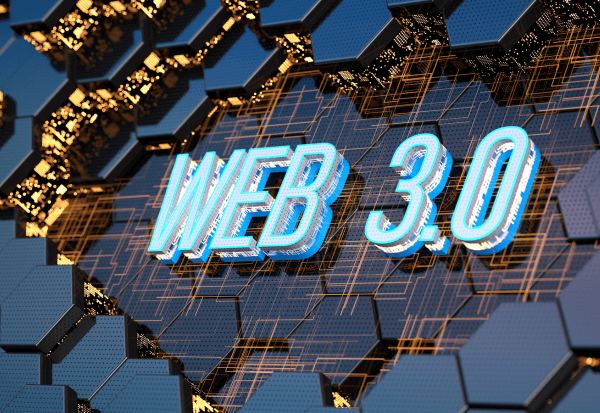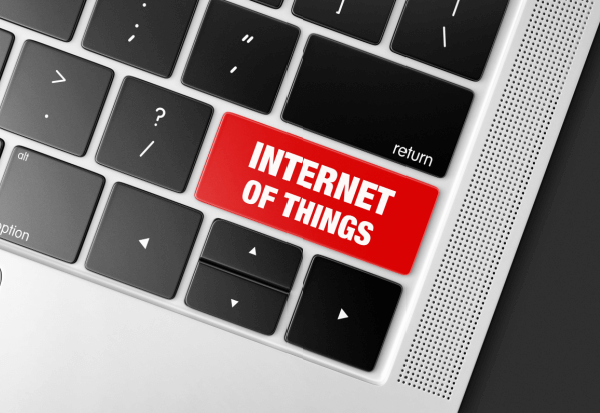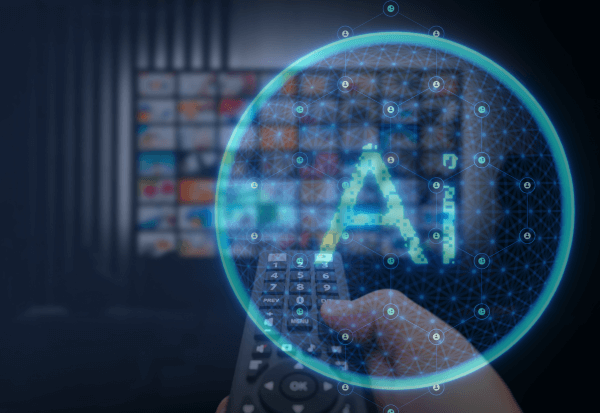With the emergence of the Metaverse and NFTs, there is another term that has gathered a lot of the spotlight and it is the Web 3.0. However, it is not an entirely new phenomenon – Web 3.0 is the next iteration of the internet’s evolution from Web 2.0, which has the potential to be disruptive and has the potential to drive a paradigm shift soon.
As per estimates from PMI, the Web 3.0 Blockchain Market is likely to be US$ 87761.35 million by 2030 with a CAGR of 45.20%.
It is important to point out that decentralization, transparency, and increased user utility are the fundamental tenets of Web 3.0, while Web 2.0 mainly referred to the transition from static to user-generated (dynamic) content and the expansion of social media platforms like Google Docs, Meta and Twitter are a few examples.
Let us delve a little deeper into what I believe are the two fundamental tenets of Web 3.0:
Decentralization: As part of Web 2.0, systems use HTTP in the form of unique web addresses to look up data that is stored at a fixed location, typically on a single server. With Web 3.0, information could be found based on its content rather than a single location, using decentralized storage of information across multiple locations.
Trustless and permissionless: Web 3.0 will also be based on open-source software, which is trustless and permissionless. This essentially means that participants will be able to communicate without the need for a trusted third party and can also exchange money and goods without the need for authorization from a governing body.
Key technologies that will enable Web 3.0
It’s critical to understand the enabling technologies that support the development of Web 3.0. The three main foundations of Web 3.0 are Blockchain technology, Artificial intelligence (AI), and the Internet of Things (IoT).
- Blockchain will help achieve decentralized data storage and foster trust in the digital environment.
- AI will help in evaluating and filtering online information so that users are presented with the most relevant choices.
- The Internet of Things (IoT) will help Web 3.0’s interoperability layer close the gap between the internet and smart devices.
Immediate areas of impact for the Web 3.0
While Web 3.0 will impact the technology landscape and the world at large in a myriad ways, let us focus on what are likely to be the most immediate use-cases.
Fair use and control of data enabled by Web 3.0
In Web 2.0, the control of data has been provided to internet controlling agencies and makes them the owner of a user’s information. However, users should ideally be the sole owners of their own data and Web 3.0 can enable this shift while ensuring users are compensated for their personal information and are in control of how their data is utilized.
Some of the key features that Web 3.0 offers for the end users
- Data Ownership and Transparency: Users of Web 3.0 would be more in control of their own data and choose the parts they would like to monetize. In addition, they would have a greater end-to-end view of how their data is being stored and utilized.
- Enhanced security and Protection: Web 3.0 support decentralized technology, which disallows any individual or group to have total control over an ecosystem.
- Uninterrupted services: In Web 3.0, consumers would be able to choose the type of advertisements they see and can be relieved from intrusive and difficult-to-skip adverts and pop-up windows.
Impact of Web 3.0 in Marketing
According to Gartner, 63% of marketing leaders have trouble providing tailored experiences with Web 2.0. However, with Web 3.0 and the higher quality of data, marketers can better understand consumer demand and preferences by building more accurate personas. Supporting this claim, almost 84% of digital marketers claim that leveraging Web 3.0’s artificial intelligence/machine learning technology enhances their marketing function’s capacity to offer clients real-time, customized experiences. In addition, marketers will need to come up with new techniques for data collection while keeping that include a privacy-by-design approach keeping consumer preferences at the forefront.
New business models powered by Web 3.0
The original use case of cryptocurrency is only one aspect of the upcoming Web 3.0 wave. Web 3.0 will cryptographically connect data from individuals, corporations, and machines, with effective machine learning algorithms, resulting in the rise of fundamentally new markets and associated business models. Below are a few examples –
- Blockchain as a Service (BaaS)
BaaS, as a new idea, enables internet users to develop apps and streamline other corporate operations, which accelerates the creation of applications for Web 3.0. As the supplier populates the fundamental foundation and development resources, BaaS platforms amplify digital services on the network.
- Low-Code and No-Code web3
The rise of low-code and no-code Web 3.0 platforms is also tied to the increasingly popularity of Web 3.0. With little to no coding knowledge, these app development technologies make it exceedingly simple to create an app that runs straight on Web 3.0. The approach offers adaptable and user-friendly applications when combined with BaaS.
- P2P transaction model
Peer-to-peer digital transactions are being developed because of Web 3.0, whereas prior iterations of these transactions relied on centralized record-keepers. To facilitate safe and secure cashless payments across numerous vendors and merchants, Web 3.0 is advancing the idea of decentralized transaction models that are maintained on the blockchain.
What Next to Web 3.0?
Web 3.0 not only alters the way the digital world works and is prepared to transform the future, but it also provides companies, thought leaders, and developer communities plenty of room to experiment and build novel solutions. On the other hand, it also ensures the next iteration of the internet is built around greater levels of security, trustworthiness, and transparency, something that we could all benefit from.
The Web 3.0 is here to stay and will significantly disrupt the way business is done by large corporations while creating entirely new opportunities for new players who can find a niche. Are you ready?

is a Lead Business Analyst – Product Engineering Services at Happiest Minds Technologies with hands on experience in business analysis across all phases of the product life cycle. He has played various roles across the product management spectrum with a strong interest in drone related technologies, P2P lending and HealthTech.
Tarun holds a bachelor’s degree in Computer Science and Engineering and a master’s degree in Product Management. He believes that a combination of innovative technology solutions and disruptive business models is the key to achieving sustainable business transformation.








